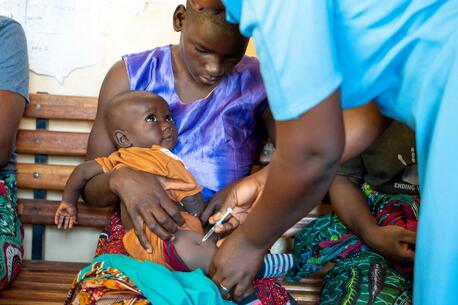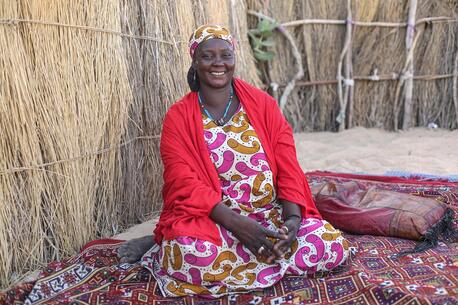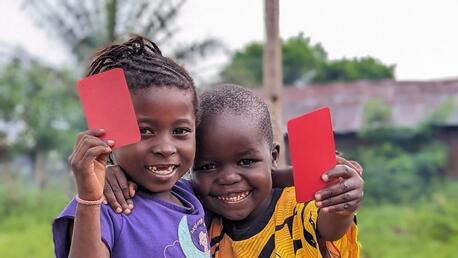The smartest people in the room
Rajesh Anandan is Senior Vice President for Private Sector Partnerships & UNICEF Ventures at the U.S. Fund. He recently met with UNICEF partners at SOCAP 11 in San Francisco. An infant born with HIV needs to be diagnosed and put on ARV treatment within 12 weeks of birth if she's to have a fighting chance of survival. You can't test for HIV during the first 6 weeks after birth, and in rural Zambia, it can take another 12 weeks to get an HIV test result back to a new mother and her infant. That math is deadly.
Rajesh Anandan is Senior Vice President for Private Sector Partnerships & UNICEF Ventures at the U.S. Fund. He recently met with UNICEF partners at SOCAP 11 in San Francisco. An infant born with HIV needs to be diagnosed and put on ARV treatment within 12 weeks of birth if she's to have a fighting chance of survival. You can't test for HIV during the first 6 weeks after birth, and in rural Zambia, it can take another 12 weeks to get an HIV test result back to a new mother and her infant. That math is deadly.
- No hand held diagnostics
- No rapid HIV tests
- No supply chain
- No bandwidth
What would I do if that were my newborn baby? Whatever it took. And I'd want the smartest people in the room to help me figure it out. That's what Erica Kochi and UNICEF's Technology-for-Development (T4D) team do every day, bringing together some of the brightest minds in the world to solve the toughest challenges facing children today. In Zambia, that meant bringing together community health workers, local mobile service providers, national health officials, researchers from Boston University, user experience designers from Frog Design, and HIV experts from UNICEF. It wasn't easy, and it took several months of scoping, designing, prototyping, testing, redesigning, and redeploying, but in the end, they co-created Mwana (child), which leverages mobile phones and SMS to link Zambia's national Labs with rural community health workers. By getting infant HIV test results into the hands of mothers in less than half the time it used to take (as well as getting more mothers to come in to get their test results), Mwana has broken through a critical bottleneck in preventing HIV among infants. It's not a shiny new gadget, it hasn't won any innovation awards (yet!), but for infants born with HIV in poor, rural communities, Mwana could mean the difference between life and death. Thanks to a seed grant from Johnson & Johnson and a second round of funding from the Gates Foundation, Mwana is now on a path to scale up all across Zambia, and then Malawi, and then the entire region. All it needs is more funding and the continued dedication of the amazing group of partners who've come together. Last week, in a not-so-rural town halfway across the world, I had the privilege of spending time with some of those partners as part of a UNICEF hosted panel at SOCAP 2011. Along with Erica Kochi from UNICEF's T4D team, we were joined by Robert Fabricant, VP of Creative for Frog and a key partner in bringing Mwana to life, and Mariana Amatullo, who leads the DesignMatters program at the Art Center College of Design, who has been instrumental in integrating "designing for UNICEF" into the Art Center's graduate curriculum and providing a pipeline of Fellows to support UNICEF's innovation work in the field. It was inspiring to hear such talented and committed individuals share their perspectives on the value of working together to design solutions to really tough problems, and reassuring to know that the world's children had the smartest people in the room on their side.



